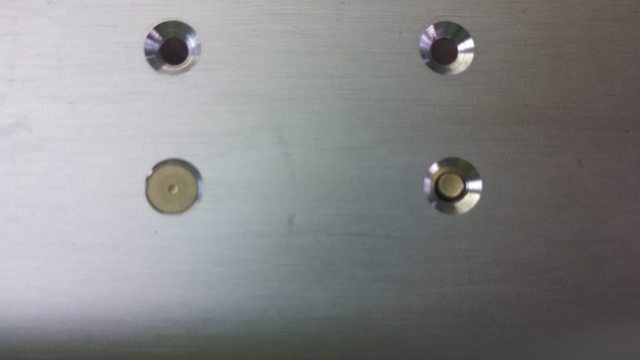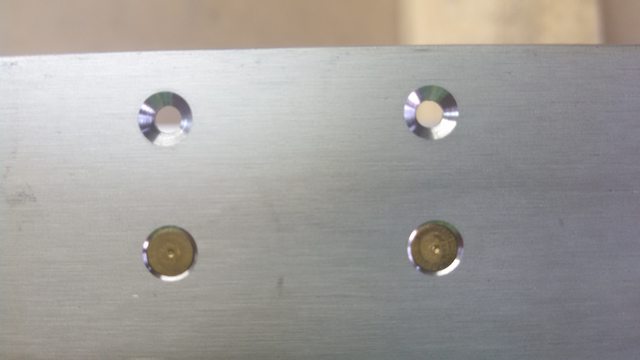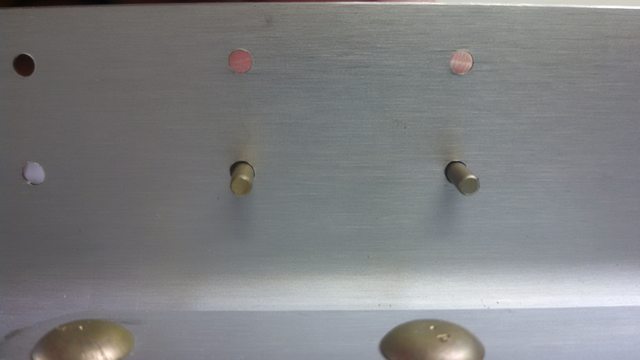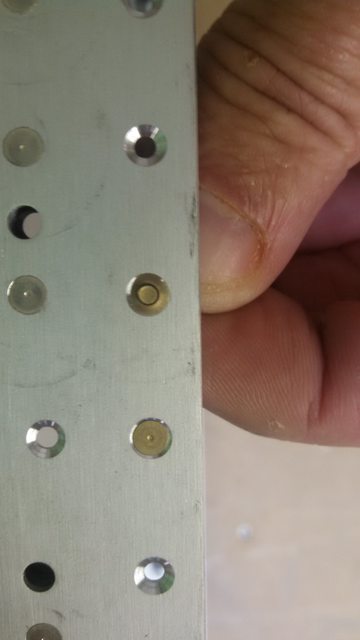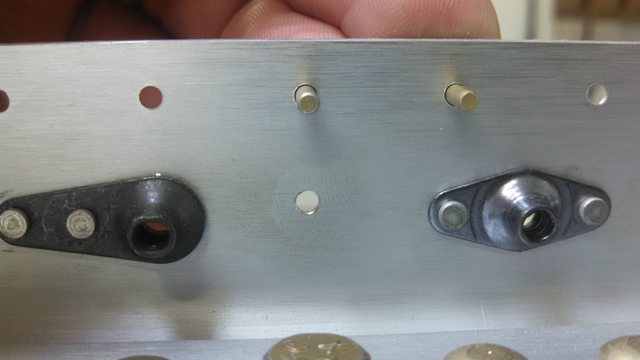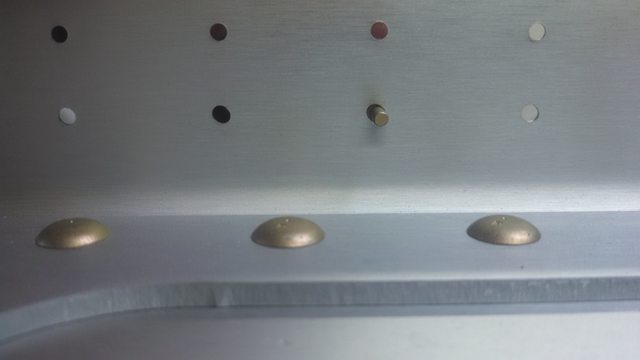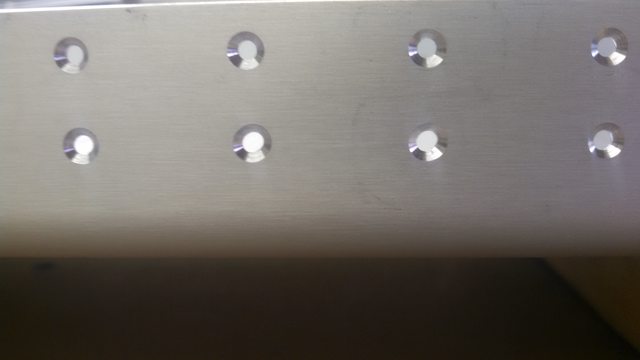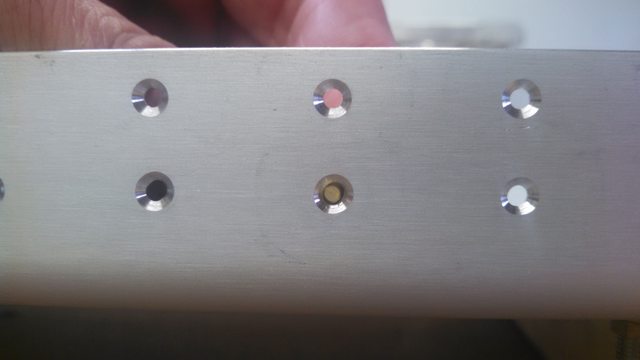HeliCooper
Well Known Member
I don't know what I am doing wrong here. I have been countersinking my spar flanges which are .065 thick. I checked the first 10 very carefully. They were circular and enlarged just a little (I assumed this was just part of the process), perfect depth, and everything seemed great. So I started working down the spar and would do 5-10 holes and then just check the depth real quick by stuffing a rivet in while still looking down the spar edge (not looking straight on the hole). I did this down the whole spar and thought everything was great until I went back and looked over the holes more carefully. What I've seen still makes me sick. I would say 25 to 35 percent of the holes are elongated far too much. I can place a 40 drill bit in the hole and actually move the bit back and forth in the elongated hole. The other holes that are "perfect" are round holes but are right at the edge of spec for a 3/32 rivet at .102.
I have no idea what I am doing wrong or how to fix what must be an improper technique. What I do currently is use an electric drill on the low speed setting. I hold the cage on the spar and the drill perpendicular and then apply med pressure and slowly increase this to make sure I bottom out on the cage stop. I have noticed that there is a little wobble when running the drill but cannot figure out where it would be coming from. To explain the feeling, it almost feels like the shaft has just a little bend in it. The cage does not move, you feel it in the drill holding hand.
After reading over the mil spec that says you cannot use more than 20% oversized rivets I am thinking the spar is junk. I am trying to get a hold of a tech counselor to come take a look.
I guess I need tips, suggestions, possible problems that may be causing this issue. Additionally how do you guys get through countersinking 400 plus holes without running into fatigue issues? I've always tried to apply a strong pressure to make sure it bottoms out so the holes have the same depth counter sink but maybe this is incorrect.
Any and all advice welcome. If you need more details let me know. I can also supply pictures if needed. I feel like an idiot for not checking to make sure the holes were not elongating but I believed that once it was set it would keep producing the same results.
I have no idea what I am doing wrong or how to fix what must be an improper technique. What I do currently is use an electric drill on the low speed setting. I hold the cage on the spar and the drill perpendicular and then apply med pressure and slowly increase this to make sure I bottom out on the cage stop. I have noticed that there is a little wobble when running the drill but cannot figure out where it would be coming from. To explain the feeling, it almost feels like the shaft has just a little bend in it. The cage does not move, you feel it in the drill holding hand.
After reading over the mil spec that says you cannot use more than 20% oversized rivets I am thinking the spar is junk. I am trying to get a hold of a tech counselor to come take a look.
I guess I need tips, suggestions, possible problems that may be causing this issue. Additionally how do you guys get through countersinking 400 plus holes without running into fatigue issues? I've always tried to apply a strong pressure to make sure it bottoms out so the holes have the same depth counter sink but maybe this is incorrect.
Any and all advice welcome. If you need more details let me know. I can also supply pictures if needed. I feel like an idiot for not checking to make sure the holes were not elongating but I believed that once it was set it would keep producing the same results.





